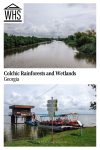Colchic Rainforests and Wetlands
By Baia
What are the Colchic Rainforests and Wetlands?
The Colchic Rainforests and Wetlands were added to the UNESCO World Heritage list in 2021 and cover several protected areas along Georgia’s Black Sea coast. This is one of the world’s oldest temperate rainforests, where ancient peat bogs and wetlands coexist alongside dense subtropical forests. It’s a rare ecosystem that shelters plants and animals dating back before the Tertiary period ice ages.
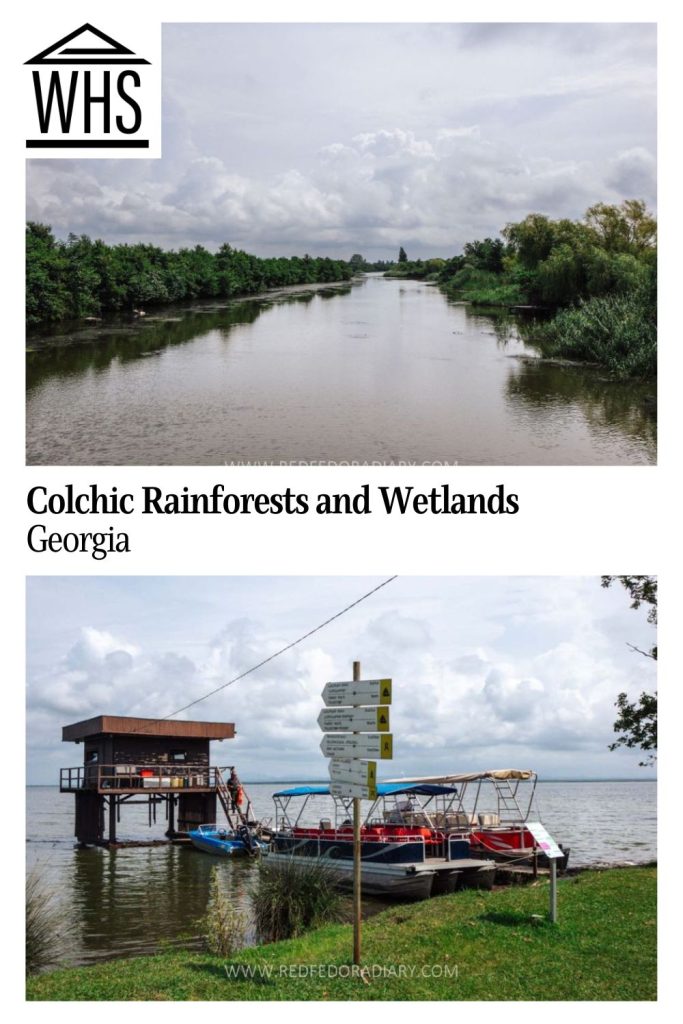
Disclosure: This article contains affiliate links. Making a purchase through an affiliate link will mean a small commission for this website. This will not affect your price. Privacy policy.
While there are officially seven locations in this serial UNESCO site, they are in three groupings:
Mtirala National Park
Tucked into the misty mountains behind Batumi, Mtirala is often referred to as one of the wettest places in Georgia. Hiking here feels like entering a subtropical jungle, with mossy trees, rushing waterfalls and trails lined with ferns.
Kolkheti National Park
Stretching across the lowlands near Poti, Kolkheti is where rivers and wetlands meet the Black Sea. It’s a paradise for birdwatchers, especially during migration season. The calm waterways can be explored only by boat.
Kobuleti Protected Areas
Kobuleti is a strictly protected wetland reserve. Its peat bogs are more than 6,000 years old and form a rare ecosystem found in very few places in the world. The area is significant for migratory birds traveling along the African–Eurasian flyway, as it provides a safe resting and feeding ground for them.
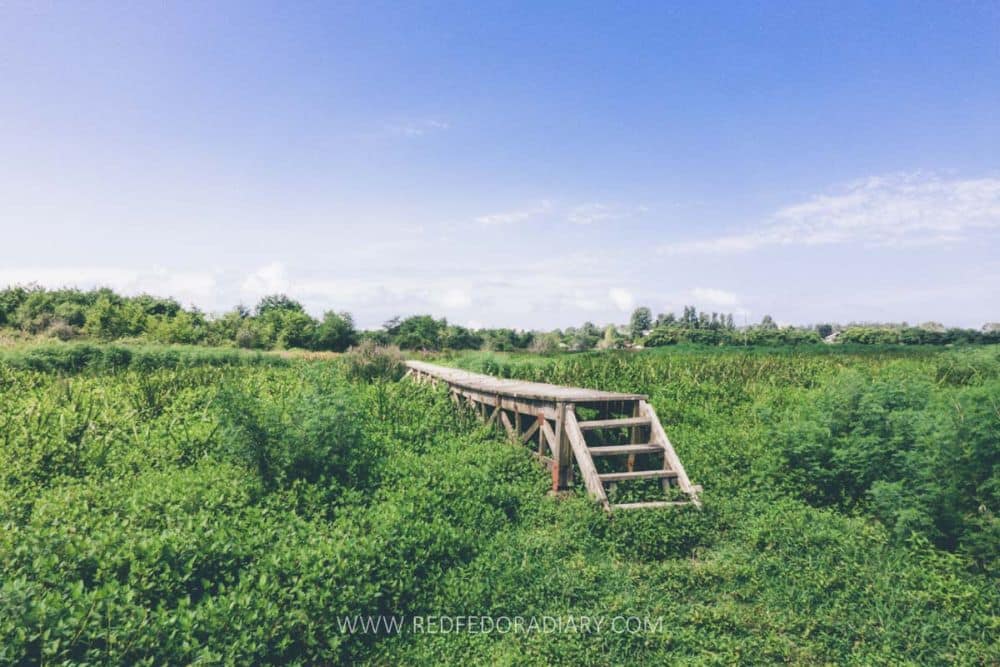
Why are the Colchic Rainforests and Wetlands a UNESCO World Heritage Site?
These nature reserves feature rare and ancient ecosystems that have survived for millions of years. Their humid temperate rainforests are among the oldest of their kind in the world, preserving a dense variety of plant and animal life, including many species found nowhere else. The wetlands, particularly the unique Colchic mires, are globally significant for understanding how peat bogs function and for their role in storing carbon.
In UNESCO’s words, the site is “a distinctive area of outstanding biodiversity within the wider Caucasus Global Biodiversity Hotspot, where a rich flora and fauna adapted to warm-temperate and extremely humid climate is concentrated.”
Today, the area is home to over 1,100 plant types and nearly 500 vertebrate species, with a remarkable share of endemics and threatened kinds.
What can you expect on a visit to these nature reserves?
The Colchic Rainforests and Wetlands are not a single park but a collection of three distinct protected areas along Georgia’s Black Sea coast. While they share the same ancient ecosystem, each site has its own character and way of experiencing it.
Here’s a summary of what to expect from each park within the Colchic Rainforests and Wetlands Heritage Site:
Mtirala National Park
Mtirala National Park spans nearly 16,000 hectares (62 square miles) in Georgia’s Adjara region. The name Mtirala literally means “crying” in Georgian, a nod to the constant rainfall that keeps the forests lush and misty throughout the year.
Hiking is the primary activity here, and the park features a small network of well-marked trails that lead deep into the forest. The most popular route is the Tsablnari Trail, a day hike that leads past wooden bridges and viewpoints before arriving at Tsablnari Waterfall, a mighty cascade only a short walk from the visitor center.
There’s also the Tsivtskaro Trail, a more challenging route that requires an overnight stay inside the park. For this, hikers need to bring their own camping equipment and food, but a basic shelter is available for spending the night. Water is available from natural springs along the way. Take a filter bottle along (15% discount with the code RACHEL at checkout).
Kolkheti National Park
Kolkheti National Park, spanning over 30,000 hectares (116 square miles), is one of Georgia’s most remarkable wetlands and a vital nesting ground for both endemic and migratory birds. Unlike Mtirala, you won’t find hiking trails or campsites here. The only way to explore is by water, which makes sense given that over half of the park is comprised of wetlands.
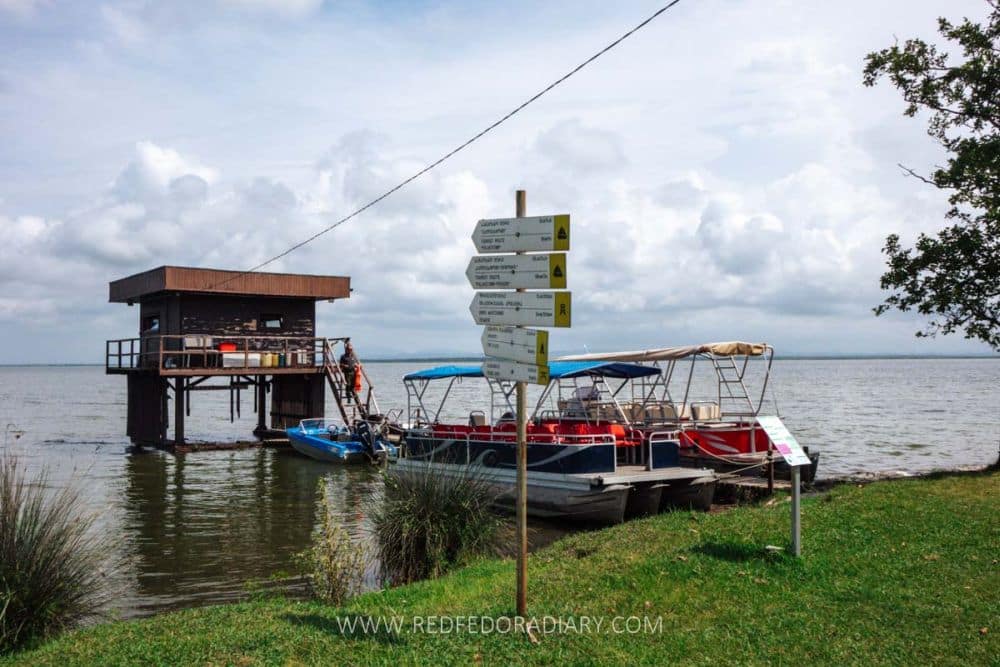
Visitors depart from Paliastomi Lake, near the port city of Poti, and travel along the winding Pichori River, a waterway often referred to as the “Georgian Amazon” due to its dense, seemingly impenetrable forest.
The park offers two standard boat itineraries: a shorter 9-km loop (5.6 mi) and a longer 18-km loop (11.2 mi). Both take you deep into the wetlands, but depending on various circumstances, you might not have a choice. I’ve only taken the shorter trip, which lasted around 1 hour and 30 minutes, including time to disembark.
There are two stops along the way: a picnic area with gazebos and a birdwatching tower. The tower is located where the river meets the lake, offering a different perspective across the flat wetlands.
Kobuleti Protected Areas
Just a couple of kilometers inland from the Black Sea, the Kobuleti Protected Areas safeguard one of Georgia’s most unusual ecosystems. Established in 1998, this reserve was created to protect waterfowl habitats and the fragile peat bogs, which also play a crucial role in preventing flooding in the nearby town of Kobuleti.
The heart of the reserve is the sphagnum peatlands of Ispani 1 and Ispani 2: living wetlands that have been accumulating for thousands of years.
Three easy trails – Ispani 2, White Moss, and Drosera – wind through the reserve. To explore without damaging the delicate mosses, visitors use specially designed bog skis or follow wooden boardwalks. These routes help you understand how peatlands regulate water, store carbon, and support rare plants and animals.
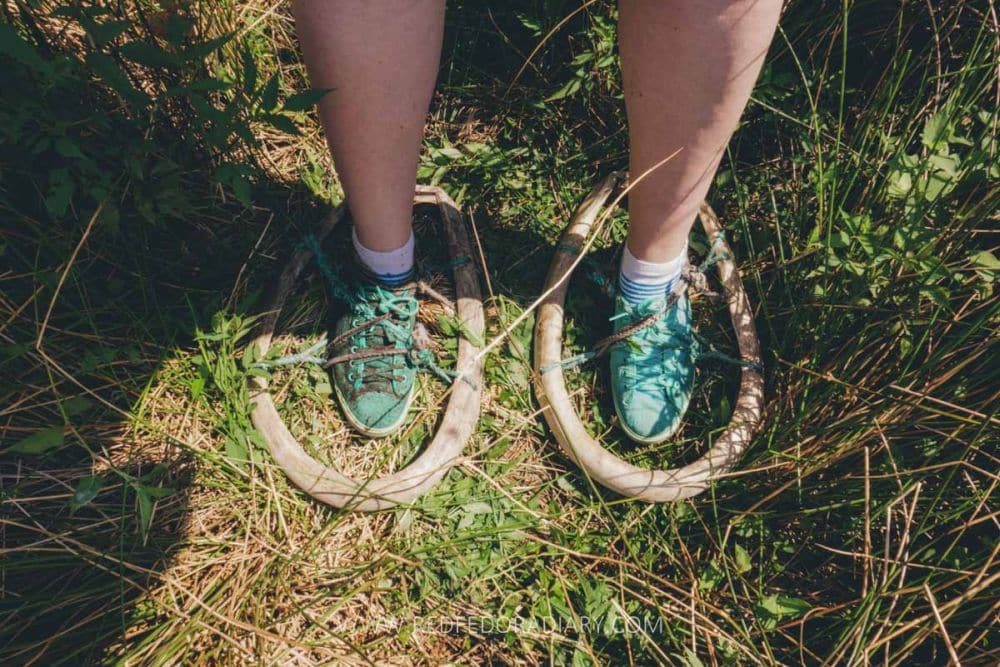
Are the Colchic reserves worth visiting?
The Colchic Rainforests and Wetlands are absolutely worth visiting, if you have the right expectations. For most travelers visiting Georgia, these parks typically do not make it onto the standard itinerary, which usually focuses on Tbilisi, the wine region of Kakheti, or the high Caucasus mountains at places like Upper Svaneti, a UNESCO site.
But for those who are especially interested in nature, less-traveled destinations, or gaining a deeper understanding of Georgia’s diverse landscapes, the Colchic sites are rewarding.
Each park offers a distinctly different experience, and none should be whirlwind stops. If you’re on the Black Sea coast, set aside at least a day for Mtirala, and 2-3 hours for both Kobuleti and Kolkheti.
What sorts of travelers would like the Colchic Rainforests and Wetlands?
This UNESCO site is best suited for travelers who appreciate the outdoors and want to experience Georgia beyond its mountains and historic landmarks.
Hikers will enjoy the trails in Mtirala, birdwatchers will find Kolkheti rewarding during migration seasons, and the rare peat bog ecosystems of Kobuleti will fascinate nature enthusiasts.
While there are no cultural or architectural sights here, anyone interested in unique landscapes and biodiversity will find it a memorable stop on the Black Sea coast.
Tips for visiting Colchic Rainforests and Wetlands
When visiting these parks, register at the visitor center first for safety reasons. Don’t forget to have your ID or passport with you. Also, carry cash for payments.
Entry to all three is free. However, fees apply for certain activities, including the overnight shelter at Mtirala, boat trips in Kolkheti, and bog skis at Kobuleti.
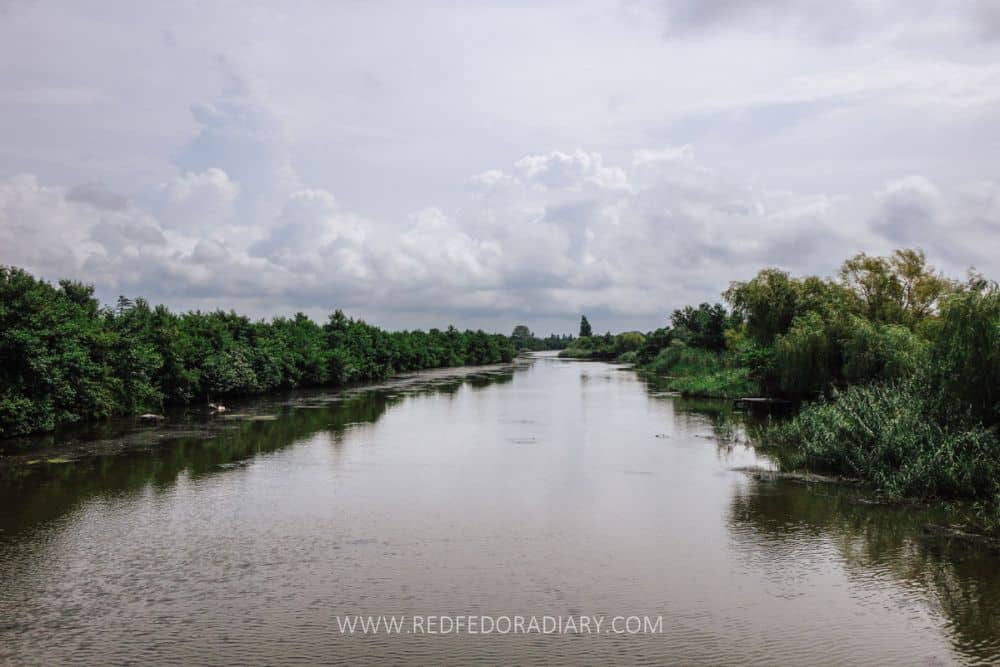
Mtirala National Park
The park is accessible from late spring to early autumn.
Wear proper hiking shoes and be prepared for mist and rain. After all, it’s one of the wettest places in Georgia. If you plan to spend the night in the shelter, bring your own food, sleeping bag, and necessary equipment.
Book a half-day guided hike in Mtirala, leaving from Batumi, or this two-day guided hike, which includes transportation from Kutaisi.
Kolkheti National Park
The most rewarding times to visit are spring and autumn, especially for birdwatching.
Boat trips only run in good weather. Since Paliastomi Lake is very exposed, departures are canceled if it’s too windy or rainy. Build in a buffer of one to two days in case of cancellations.
All boat trips must be arranged through the visitor center in advance; walk-ins are not accepted.
This day-trip from Kutaisi includes a stop at Paliastomi Lake, though you pay for the boat tickets separately.
Pack the following items: mosquito repellent in summer, drinking water and snacks, a fitted hat (the lake is windy), and a jacket, as it can get chilly on the water.
Kobuleti Protected Areas
Wear sturdy hiking boots or sneakers for the boardwalk trails. If you plan to use bog skis to walk on the peatland, waterproof shoes or an extra pair to change into is a good idea. Skis can be rented at the visitor center.
In summer, bring a hat and sunscreen as parts of the reserve are very exposed.
Where are the Colchic Rainforests and Wetlands?
The Colchic Rainforests and Wetlands are located in Georgia’s Adjara and Samegrelo regions, with the closest cities being Batumi, Poti, and Kobuleti. Each park has its own visitor center and access point.
Book accommodations in Batumi, Poti,or Kobuleti.
Mtirala National Park
By car: Mtirala is located approximately 30 km (19 mi) east of Batumi (a 1-hour drive) and 40 minutes from the town of Chakvi. There is a parking area at the visitor center, free of charge.
By public transport: There is no frequent public transport from any of the cities. The best option without a car is to take a local taxi from the intersection near Chakvi north of Batumi, where taxis wait for travelers who need transportation.
Kolkheti National Park
By car: The main entrance is at Paliastomi Lake, about 10 km (6 mi) southeast of Poti (20 minutes by car). Parking is available at the visitor center and is free.
By public transport: There is no public transportation available, but you can take a marshrutka (minibus) headed in the direction of Batumi. Get off at the closest stop to the visitor center. From there, you either need to hail a taxi to the entrance of the Paliastomi Lake or walk for around 20 minutes.
Kobuleti Protected Areas
By car: The reserve is just 2 km (1.2 mi) inland from Kobuleti town, approximately 30 km (19 mi) north of Batumi (a 45-minute drive by car). Free parking is available at the visitor center.
By public transport: Minibuses from Batumi and Poti to Kobuleti run frequently (about 1 hour). From the Kobuleti center, you can either take a local taxi to the visitor center or walk, depending on where you’re staying. From the visitor center, the entrance to the park is approximately 3 km (1.9 mi) away, so you will need to either take a taxi or walk for around 40 minutes.
For more information about Colchic Rainforests and Wetlands, including opening hours, fees, visitor center locations, and contact information, visit the official website of the National Parks of Georgia.
Have you been to any of the Colchic Rainforests and Wetlands reserves? If so, do you have any additional information or advice about this UNESCO World Heritage site? Please add your comments below!

